Show Me A Photo Contest Round 201/ Black herons in the park
Greetings fellow bird lovers. Best wishes in this new year. I like to participate in this Show Me A Photo Contest Round 201. Thank you @nelionoeva and all the team that encourages us to share the stories and photographs of these wonderful feathered friends.
This is the picture I want to share with you in this opportunity. I took it in the Michelena Park in the city of Maracay, one morning, when I was doing one of my daily walks and I was surprised to see them in this place.
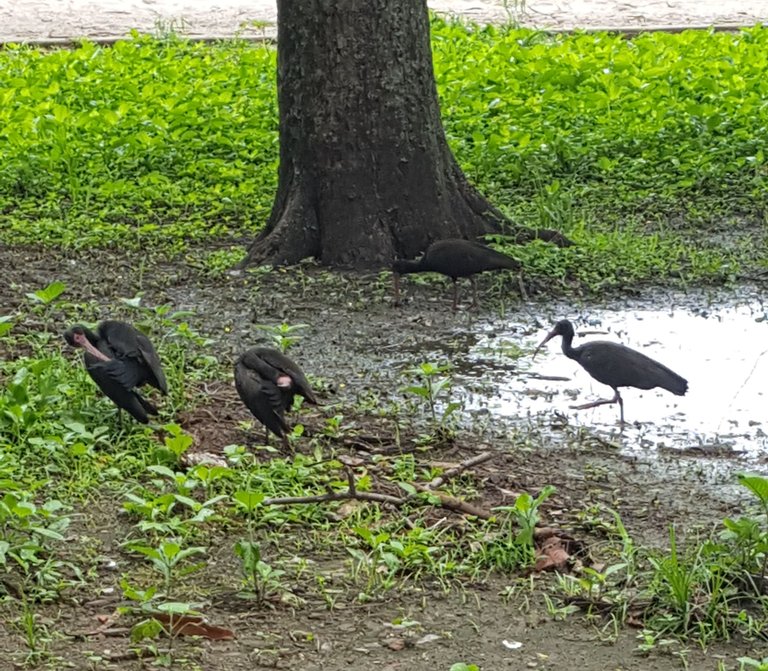
These black herons, with curved beaks and pinkish color, like the ones I show you in the pictures, are birds that until a few years ago I used to observe them in the outskirts of the city, near the mountains. When I used to go to work, I would see them looking for food on the ground after the plow was passed over, but they have been moving closer to the populated areas, and now I see them almost daily looking for food in the garbage dumps. They are changing their feeding habits.
From the characteristics of their pink legs and beak, they seem to be the species Phimosus infuscatum, called zamurita or coquito.
In recent days I came across a group of these birds in the park where I often go for a walk. I liked to see them in a natural environment and not searching through the garbage. They were near the water accumulated by the rains that fell during those days.
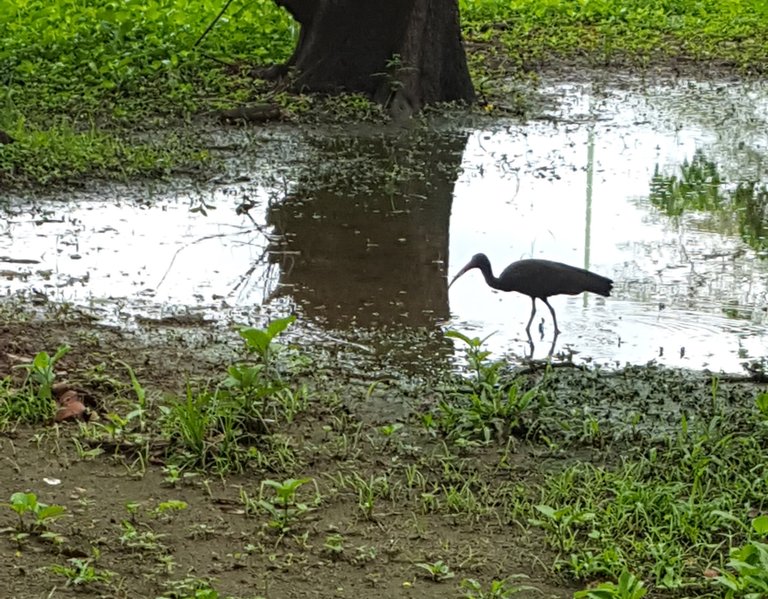
There I sat and watched them, they remained calm, preening their feathers and looking for food in the water. They are free to fly wherever they want and usually fly in groups.
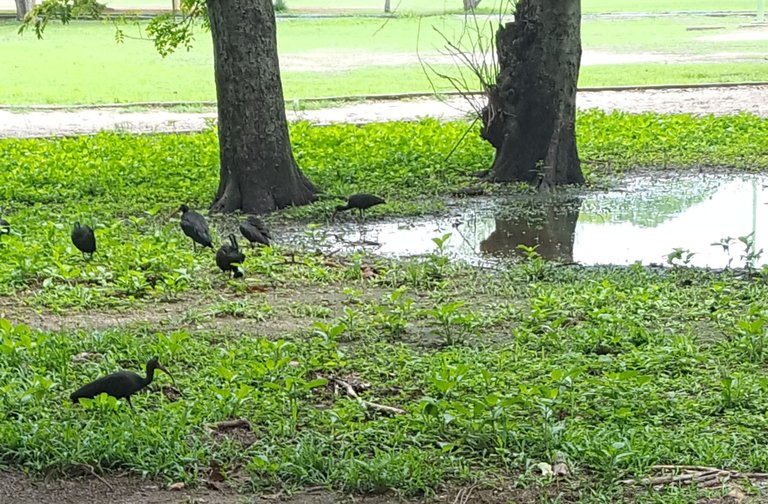
I took this picture at the residences where I live. Here they come to look for food among the accumulated garbage.
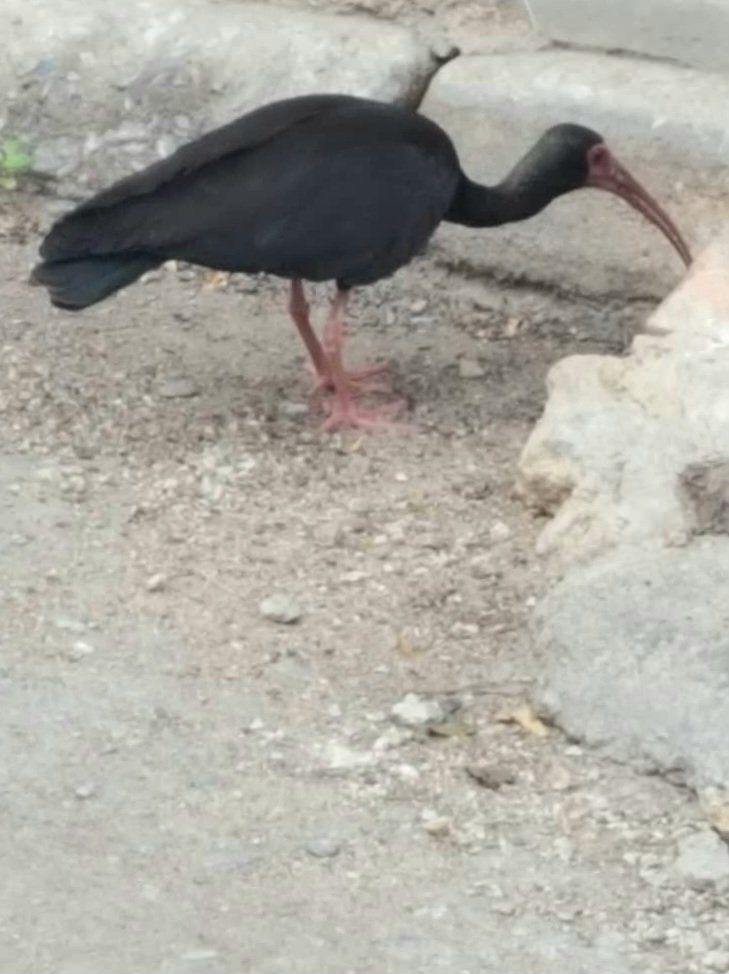
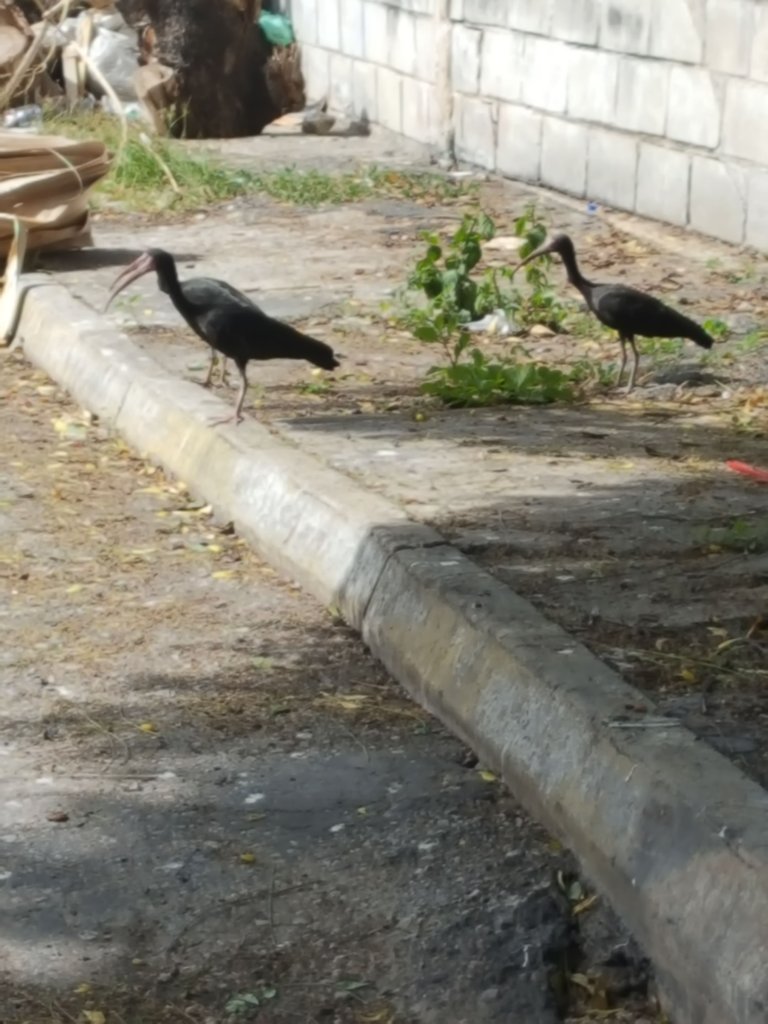
They were foraging there and when my dog ran up to them, they took flight, but didn't go far and went back to what they were doing. They have become accustomed to the presence of the human.

Saludos a todos los amantes de las aves. Mis mejores deseos en este nuevo año. Me gusta participar en este concurso Show Me A Photo Contest Round 201. Gracias @nelionoeva y a todo el equipo que nos anima a compartir las historias y fotografías de estos maravillosos amigos emplumados.
Esta es la fotografía con la que participo en este concurso y la tomé en el Parque Michelena en la cuidad de Maracay. Venezuela.

Estas garzas negras, de pico curvo y de color rosado, como las que le muestro en las fotografías, son aves que hasta hace unos años las observaba en los alrededores de la ciudad, cerca de las montañas. Cuando iba al trabajo, las veía buscando su comida en la tierra luego de que le pasaban el arado, pero se han ido acercando a las zonas pobladas y ahora las veo casi a diario buscando alimento en los basureros. Están cambiando sus hábitos alimenticios.
Por las características de sus patas y pico rosados, pareciera ser la especie Phimosus infuscatum, llamada zamurita o coquito.

En días pasados me encontré con grupo de estas aves en el parque donde voy con frecuencia a caminar. Me gustó verlas en un ambiente natural y no buscando entre la basura. Estaban cerca del agua acumulada por las lluvias que cayeron en esos días.

Allí me senté a observarlas, ellas permanecieron tranquilas, acicalándose sus plumas y buscando alimento en el agua. Son libres de volar a donde quieran y generalmente andan en grupo.
Esta fotografía la tomé en las residencias donde vivo. Allí estaban buscando alimento y cuando mi perra se les acercó corriendo, ellas alzaron el vuelo, pero no se fueron muy lejos y volvieron a lo que estaban haciendo. Ya se han acostumbrado a la cercanía del humano.



The pictures were taken by me with a Samsung A15 phone.
Scientific name reference
https://ebird.org/species/bafibi1?siteLanguage=es_VE
Translated with DeepL.com (free version)
Thank you so much 😘
It seems not unusual birds to become accustomed to human presence and to find food in the rubbish.
Thank you again for your wonderful post.
That's right, they adapt to the environment where we live.
Thank you for your comment. Regards ✨️🦜